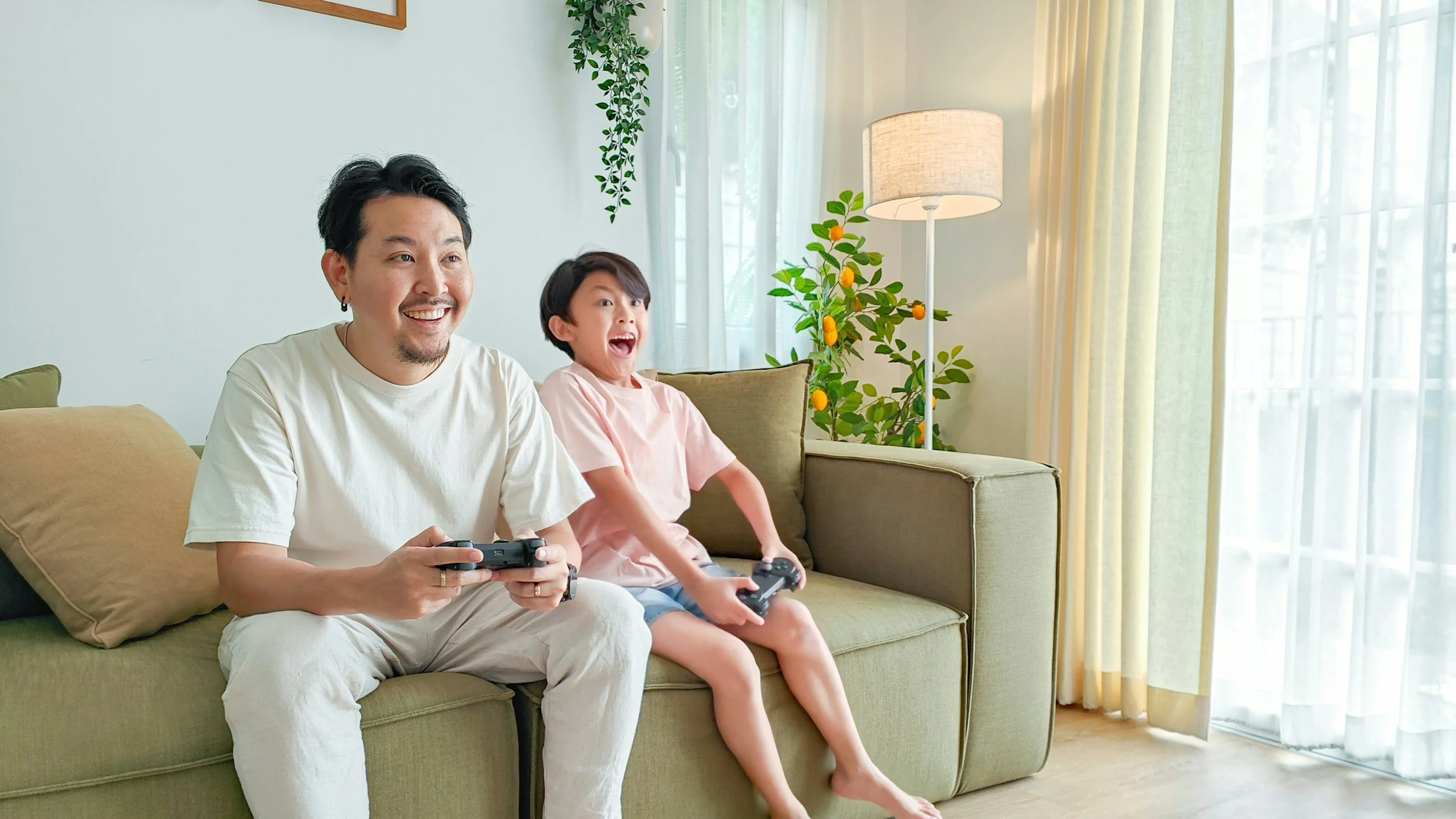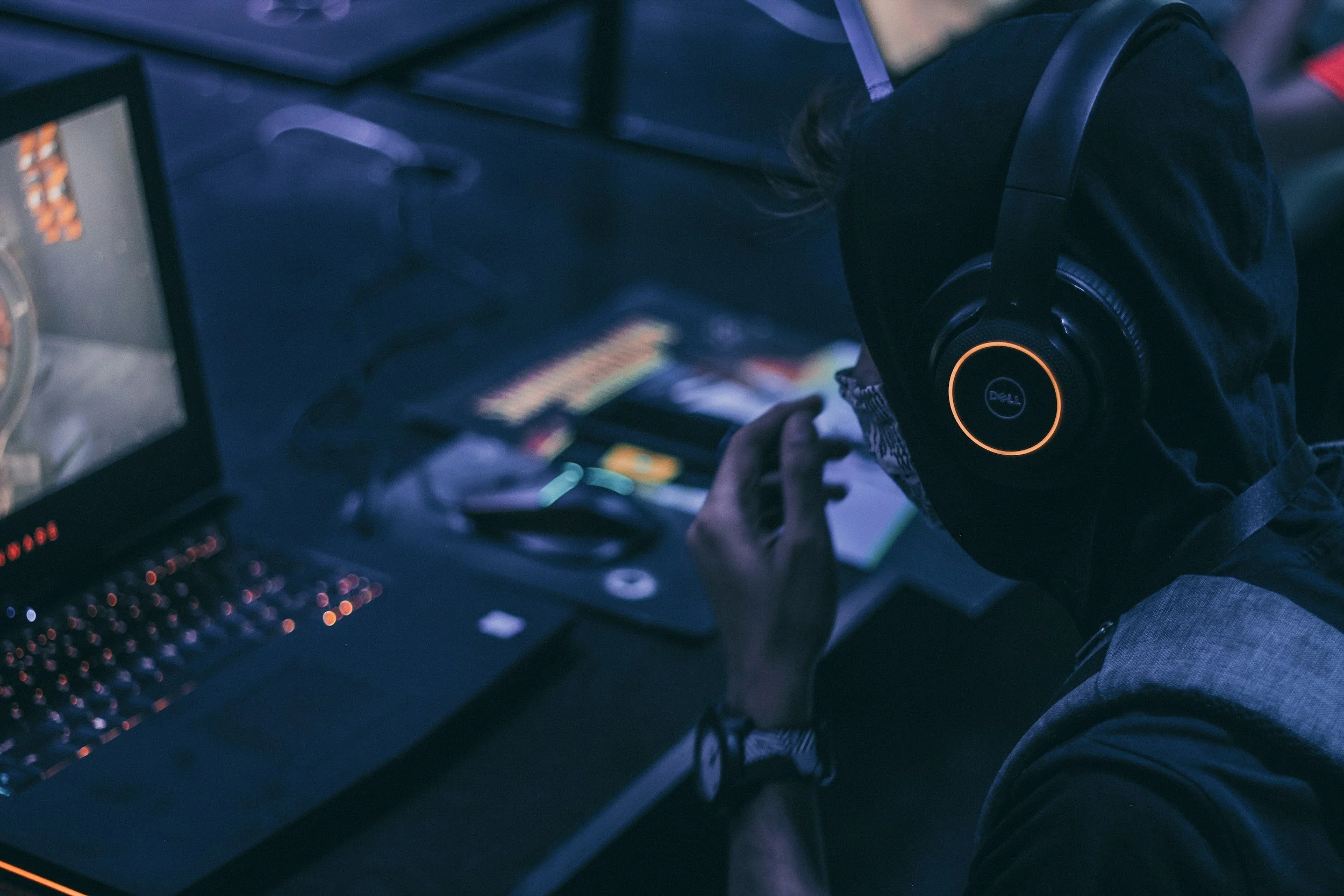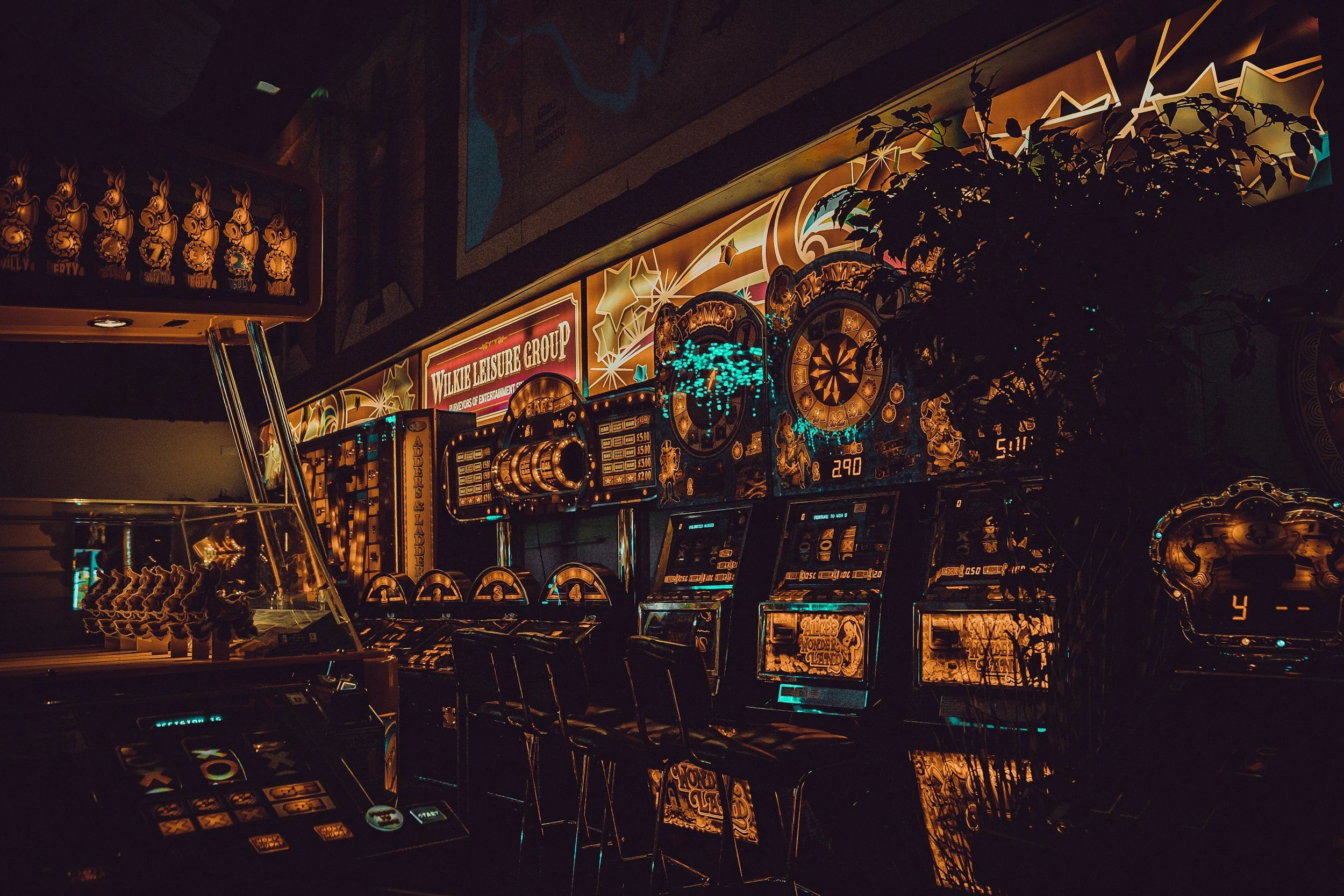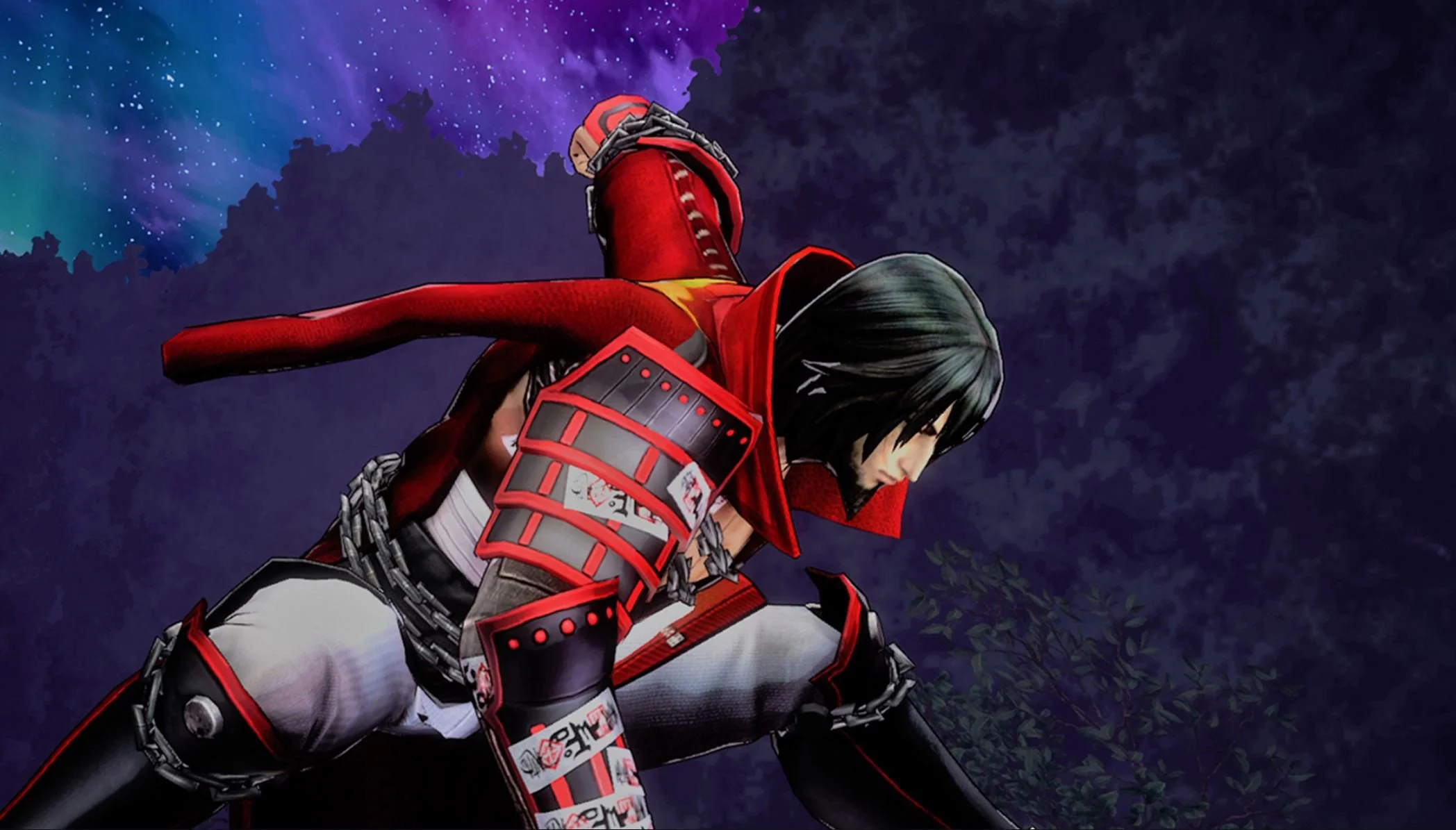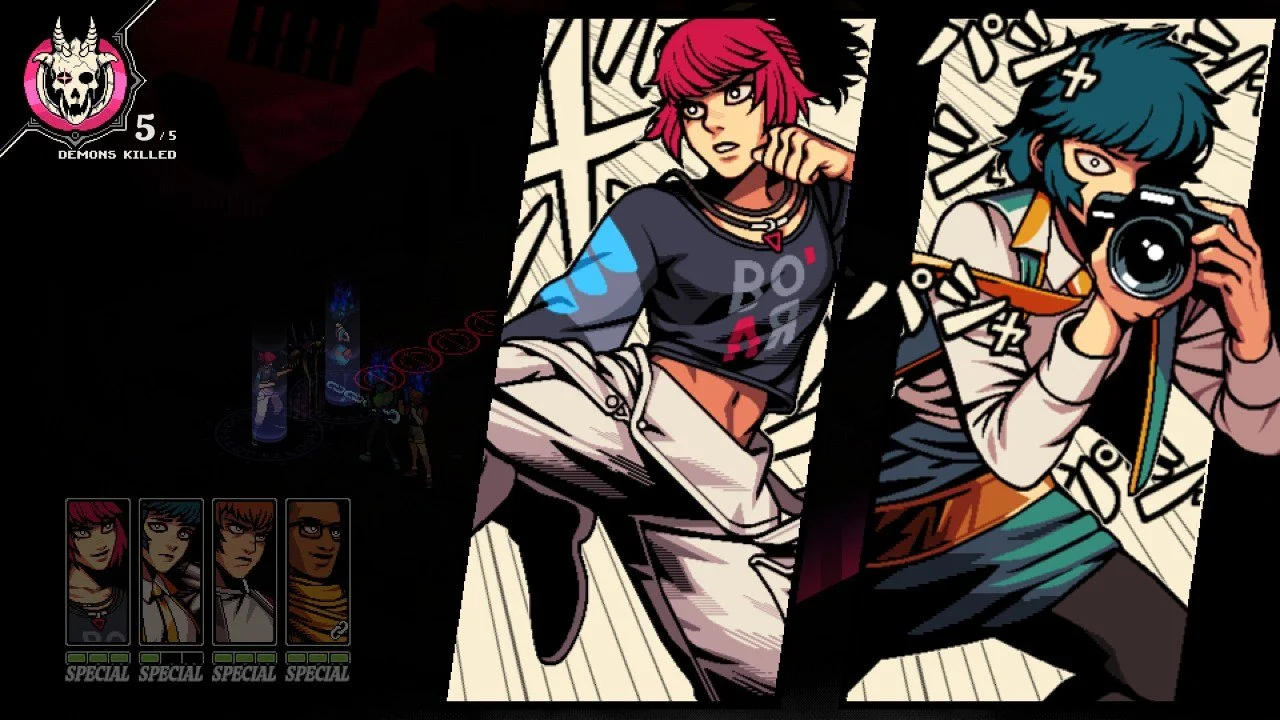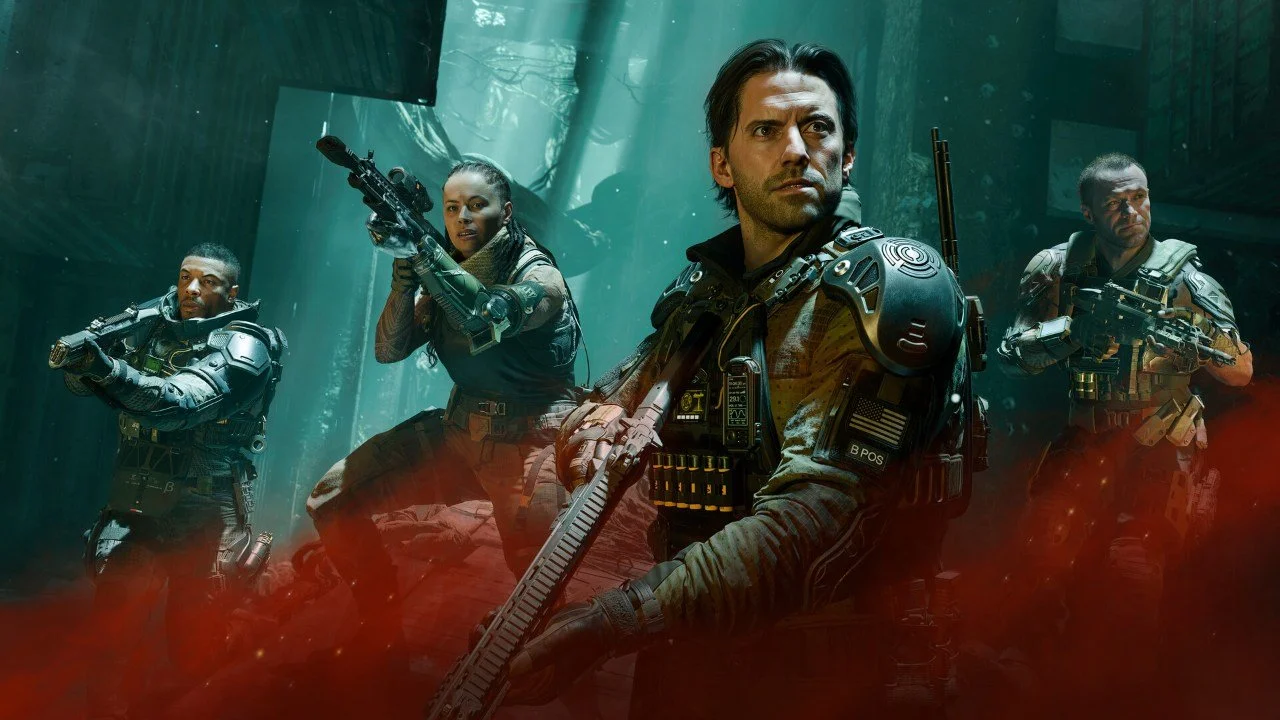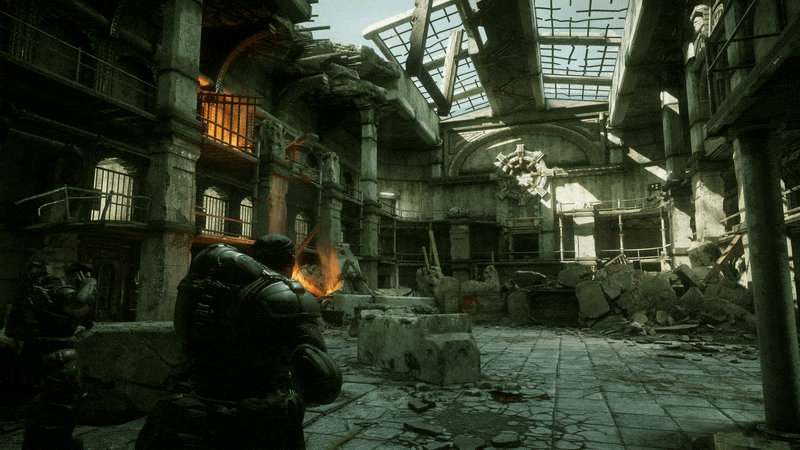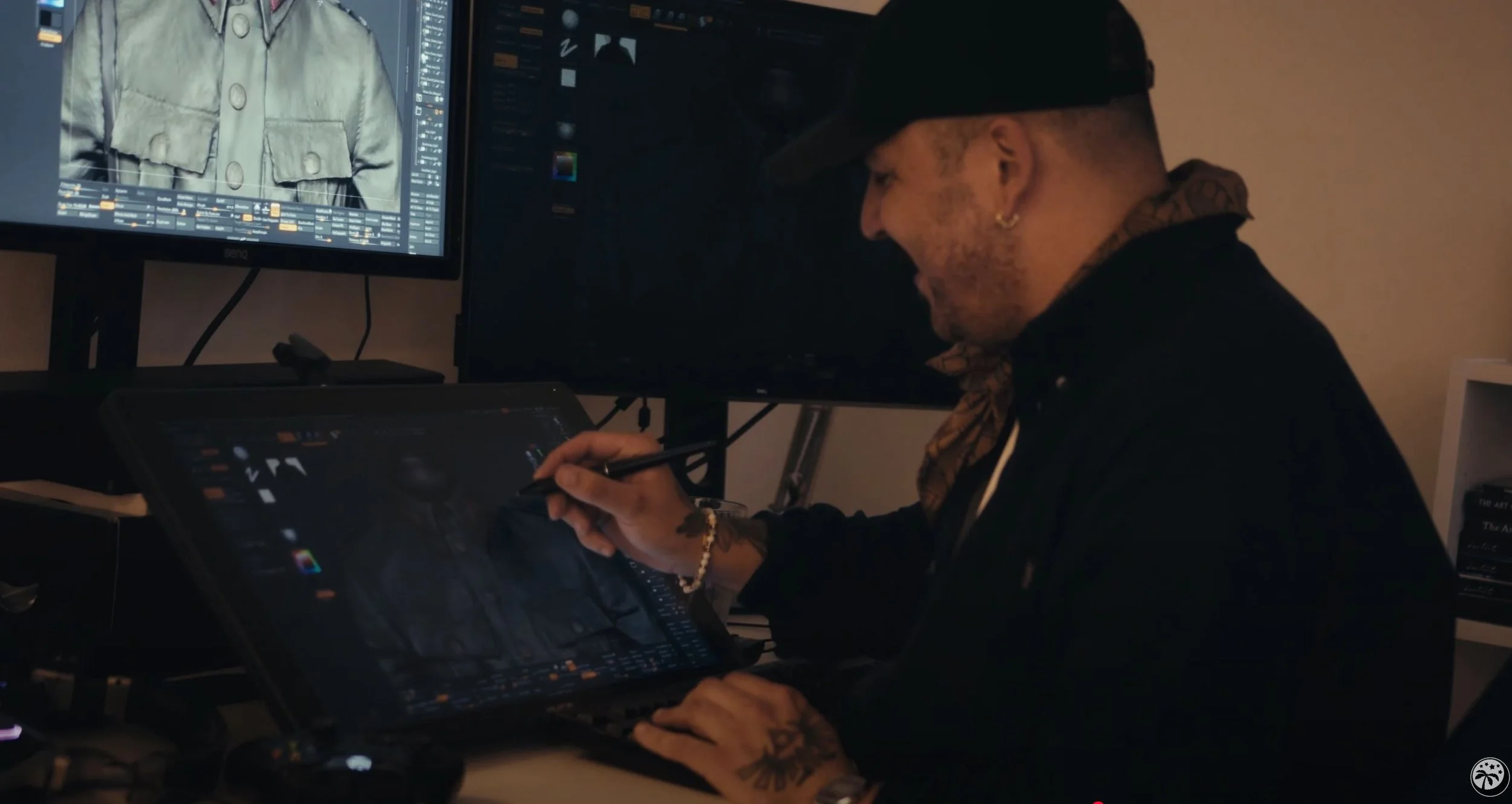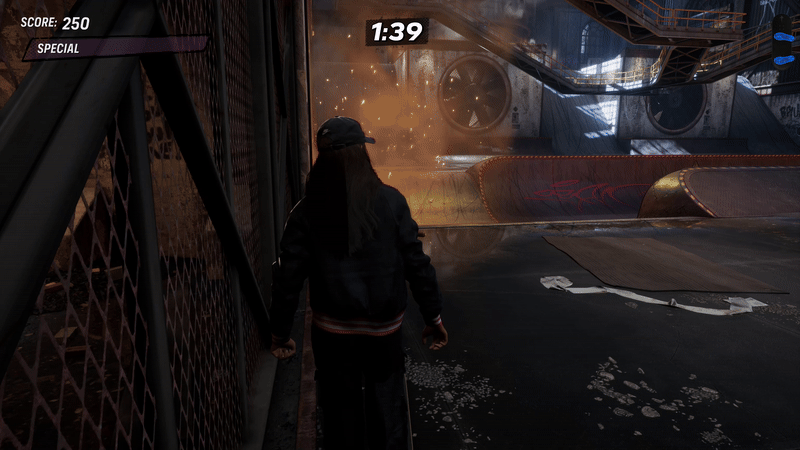Wishlists are how players bookmark games they’re most excited to see released. They not only give studios a sense of potential sales but also help drive organic promotion—some platforms highlight games that rack up high wishlist numbers.
Mikhail Pyslar, Social Media Lead and Community Management Expert
Why Organic Promotion Matters
Launching a game—especially as an indie studio—is more challenging than ever. The market is oversaturated: thousands of games release each year, and every studio is fighting for attention. But much of that noise gets drowned out, and competing with massive AAA marketing budgets is nearly impossible for smaller teams.
That’s why indie developers often lean on social media as their most effective promotional tool. Active online communication helps engage players during development, build a loyal community, and maintain interest in the game. This not only boosts awareness but also drives sales.
Most importantly, community management doesn’t require the same kind of budget traditional marketing does. That’s because user-generated content (UGC) plays a huge role—players themselves help spread the word, while the community manager simply sets the tone, encourages interaction, and maintains order.
Choosing the Right Social Media Platforms
Ideally, you should try out all major platforms and experiment with different formats to find the most effective channels. Which ones you focus on will depend on your game’s genre and your goals.
X (formerly Twitter) works best for pixel art, platformers, tactics-based games, and any title with a strong visual identity. With the right visual style, posts can go viral quickly—X is great for broad visibility, engagement through threads, and comments. If your game is eye-catching, it will likely get attention here.
New indie developers can use popular X hashtags to attract their first wave of fans. For example:
#TrailerTuesday – Share your teaser or trailer on Tuesdays.
#WishlistWednesday – Post any game-related content on Wednesdays and encourage wishlist adds.
#ScreenshotSaturday – Every Saturday, developers share in-game screenshots or concept art.
In addition, trending topics on X offer a great opportunity to jump into broader conversations. If your post aligns with a trend, you can earn a lot of visibility that could convert into new followers and wishlists. X is also perfect for quick networking—like collaborating with another dev on a fun crossover idea that helps boost your wishlist count.
Reddit can drive powerful organic traffic—if you engage with the right subreddits. It works especially well for niche genres like roguelikes, turn-based games, or horror titles. Just be sure to understand which subreddits your audience hangs out in, and how to create interest through conversation rather than direct promotion.
Reddit is a rules-heavy platform, though. Every post and comment should follow the community’s etiquette—Reddiquette. Users are quick to downvote overt advertising, so it's crucial to stay active across various subreddits and genuinely participate in relevant discussions.
Discord is ideal for retention and deep engagement with players who already know about your game. Use it to host dev Q&As, share development progress, and build a space where players feel like part of the process—not just consumers.
TikTok is great for showcasing features, bugs, and meme-worthy content. It’s especially effective for survival games and sims. TikTok videos reach a wide audience, so make them short, punchy, and engaging. Jump on trends to improve your chances of hitting the For You Page.
Not every platform will be a good fit for your game—but the only way to know is to test. Even if your game is similar to one that went viral on a particular platform, that doesn’t guarantee the same results. You’ll need time to run tests and analyze performance.
Once you’ve gathered data, double down on the two or three platforms with the best ROI. Don’t spread yourself too thin—focusing on a few strong channels is better than being everywhere with no real traction.
Building and Running a Community Around Your Game
A community manager’s job isn’t just to create channels and post updates. Their goal is to spark engagement—to get players discussing the game, sharing UGC, and becoming advocates. That’s how a game goes viral: fans drive awareness themselves.
One tool we used successfully while promoting Raji: An Ancient Epic was developer interaction. Devs posted behind-the-scenes updates, answered questions, and chatted with the community regularly. These personal touches—sharing development highs and lows, offering a look inside the process—created a strong emotional connection. Posts written directly by developers perform better than generic announcements. That authenticity helped us grow a deeply engaged fanbase.
I always recommend being honest with your audience. Don’t just talk about successes—share your failures too. That kind of transparency builds trust and draws people in far more effectively than a polished trailer ever could.
Collaborations with creators—streamers and influencers—are another great way to gain visibility. Build a database of creators early who can test your game and share it with their audiences. A few tips:
Don’t focus solely on top-tier streamers. Micro-influencers often have more loyal, engaged followers who are more likely to convert.
Give creators a clear idea of what to highlight. For example: “Check out the combat system,” or “Try this unique mechanic.”
Build long-term relationships instead of one-off promotions. That way, their audience looks forward to updates about your game every time.
How to Boost Wishlist Numbers
The number one indicator of community interest is wishlist count. All your activity should ultimately aim to grow this metric. Wishlists are a strong predictor of future sales—and they tell you how well your marketing and community strategies are working.
Publishers, investors, and storefronts use wishlist numbers as a key trust signal. For your internal team, they’re also a great morale booster and give clear feedback on what excites your audience.
Ideally, players should want to wishlist your game on their own. But you can also nudge them with strategies like:
Running a challenge like: “Add the game to your wishlist and be first to get a launch notification.”
Using milestones: “We’ll reveal a new hero or teaser once we hit 1,000 wishlists.”
Creating exclusive Discord channels for those who wishlist, where you share behind-the-scenes content, unique materials, or dev interviews.
Many platforms use wishlist data in their algorithms. For example, on Steam, a game with strong wishlist numbers is more likely to appear in “Popular Upcoming,” “More Like This,” and personalized recommendations. On launch day, Steam automatically notifies everyone who wishlisted your game—directly impacting Day One sales.
That said, not all wishlists are equal. In my experience, users who come from Reddit and X are more likely to convert into buyers. TikTok and trailer-driven wishlists tend to be more impulsive—higher in volume, but lower in conversion.
Common Community-Building Mistakes to Avoid
If you want players to actively participate, add your game to their wishlists, and encourage others to do the same, avoid these missteps:
Repeating visuals or copy in your announcements and updates. After just three similar posts, followers start tuning out. Keep things fresh—use creative visuals, experiment with messaging, and give your community something new to talk about.
Pushing promotions too hard without communicating value. If you’re selling something, make sure players understand what’s in it for them—highlight unique gameplay or standout visuals. If you’re asking for a wishlist add, offer bonuses or exclusive content.
Hiding the realities of development. Follow the “less, but honest” rule. Talk about challenges and wins. If a delay happens, explain why. Audiences appreciate transparency and are more loyal to developers who share openly.
Allowing spam or toxic behavior. Keep your community space healthy and safe. If someone is disruptive or spammy, take action—up to and including bans. People should feel that the community is a respectful space for both players and developers.
By building a loyal community around your game, you’ll have an easier time driving wishlist adds and generating organic buzz—leading to strong results with minimal spend.


